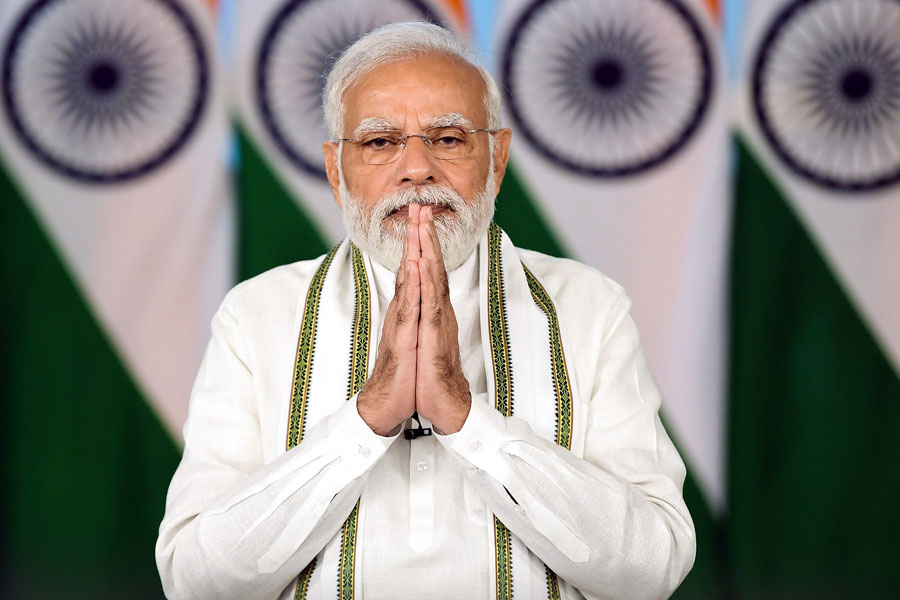Clever governments are never short of ideas and schemes; smart governments implement them too. While the idea of Make in India was good in some respects, it has failed because it was not fully thought out and, hence, not well implemented. It has been a decade since the Make in India policy was unveiled in 2014 by the Narendra Modi government. The initiative came as a bit of a surprise for a dispensation pledged to the cause of swadeshi but the case for inviting foreign capital was arguably strong. It was meant to increase production and jobs, create more investments in ancillaries, boost exports, and disseminate new technologies and associated skills. The specific macro objectives were threefold: increase the share of manufacturing in gross domestic product from 16% to 25%, create 100 million new jobs by 2025, and increase the rate of growth of the manufacturing sector from 11.4% to 12%-14% by 2025. The targets are not being achieved. The growth rate of manufacturing gross value added has declined from 8.1% in 2001-12 to 5.5% in 2012-23. Labour force participation in manufacturing has decreased from 12.6% in 2011-12 to 11.6% in 2021-22. Even though exports increased and the flow of foreign capital was impressive to begin with, the scheme never really got off the ground for a number of reasons. It came at a time of growing uncertainty in global demand where production from India was supposed to find its destination. The Covid-19 pandemic and a growing trend of international protectionism further stifled opportunities. There were too many sectors that were being projected, leading to a lack of focus. On the other hand, since this was aimed at attracting foreign producers, there was too much dependence on foreign capital for growth. While international capital would look for enhanced overall ease of doing business in India, it would also take a hard-nosed look at global demand. Finally, many economists have pointed out that the planned rates of growth in different sectors of manufacturing were set at ambitious levels. While the ease of doing business did improve, the lack of labour market reforms, a complicated tax structure, logistical bottlenecks, and imperfections in land markets contributed to the poor results.
Now, the government appears to be mulling over a Made in India scheme that seeks to showcase products from India to consumers worldwide. That would be a proverbial 180-degree turn from the original goal. However, this new initiative may be more feasible when it comes to pushing Indians to produce for global markets at global quality and value. And it has to be a marathon, not a one-decade sprint race.










